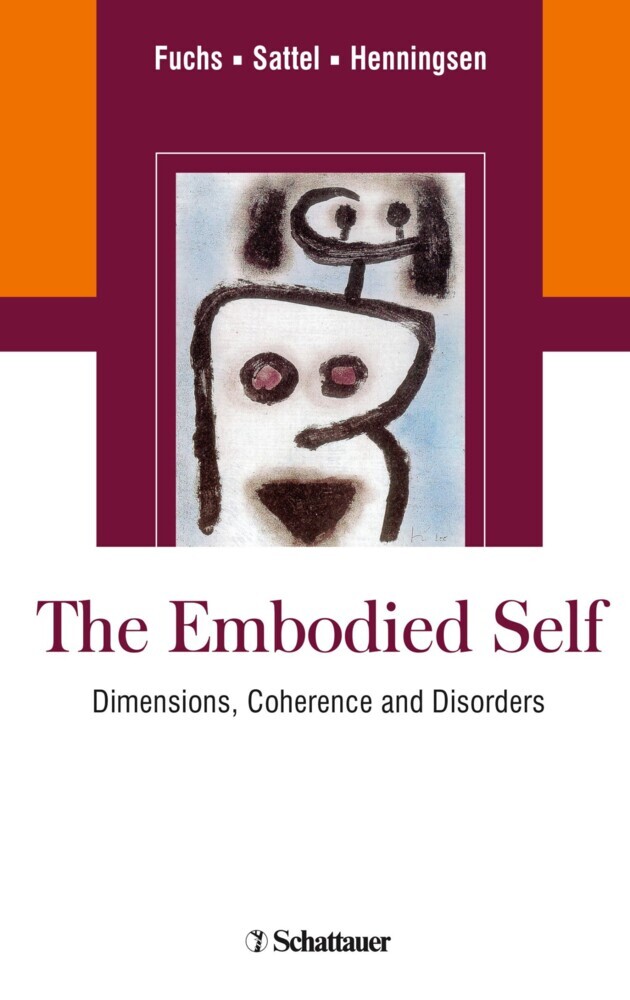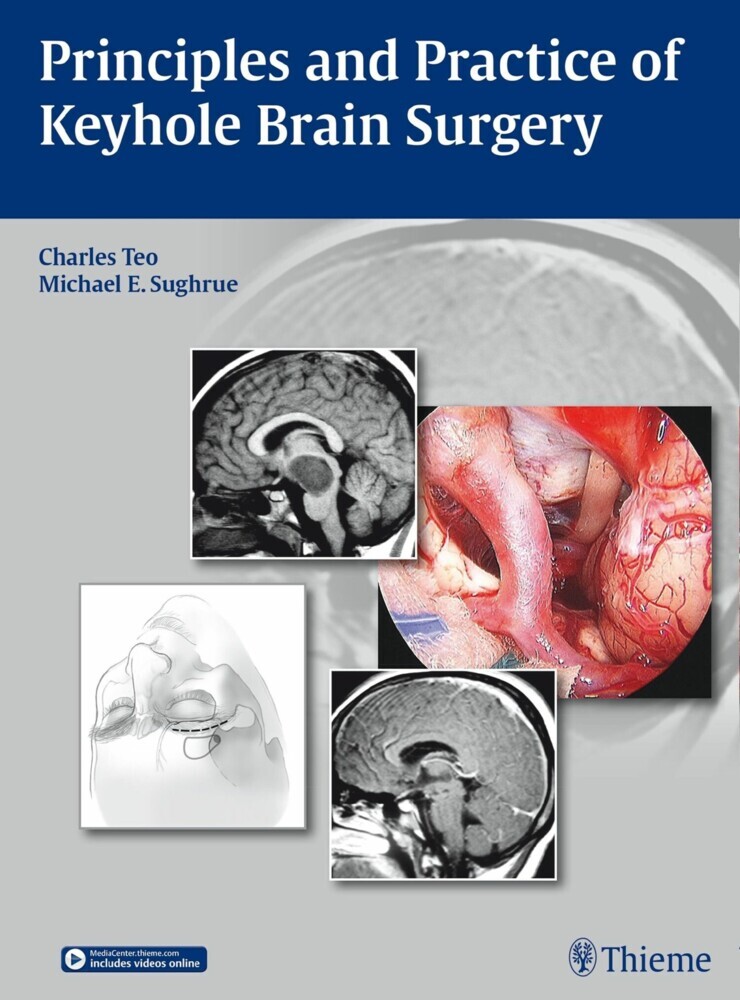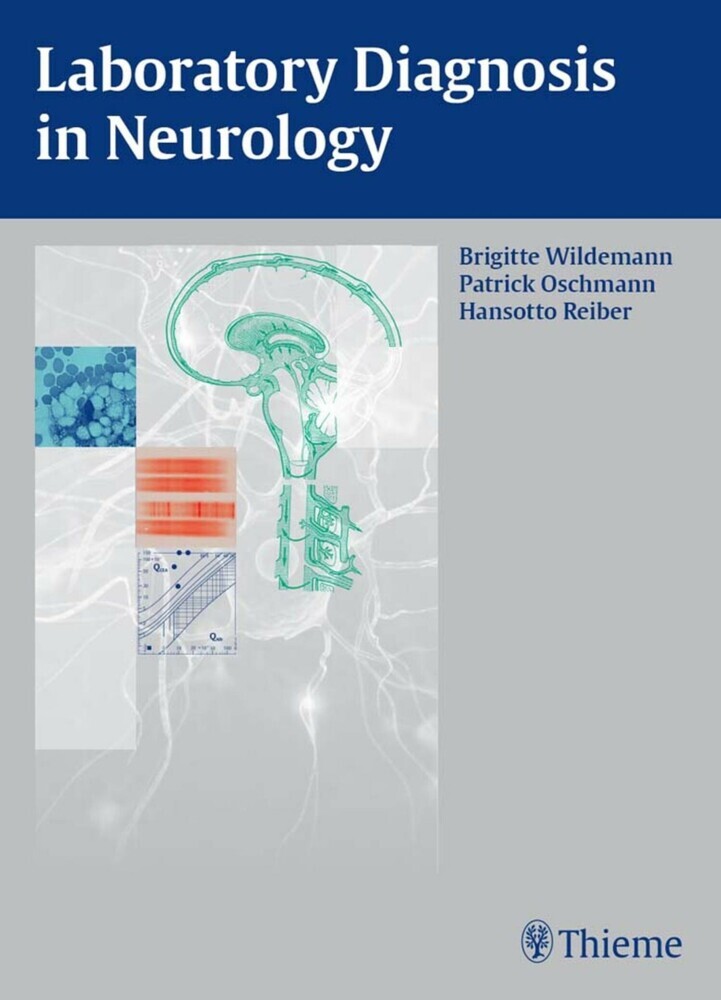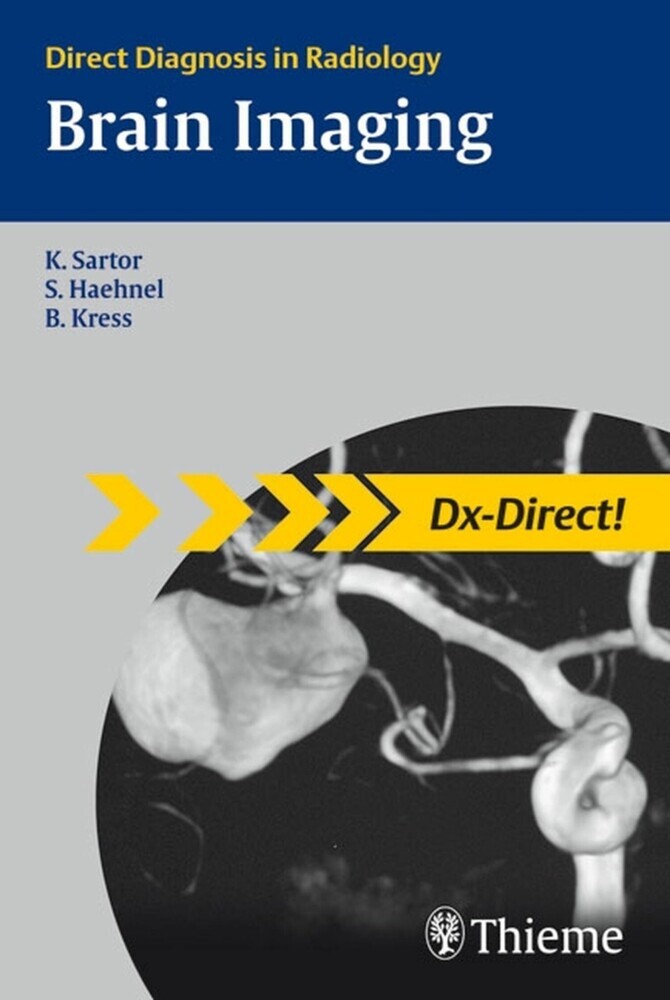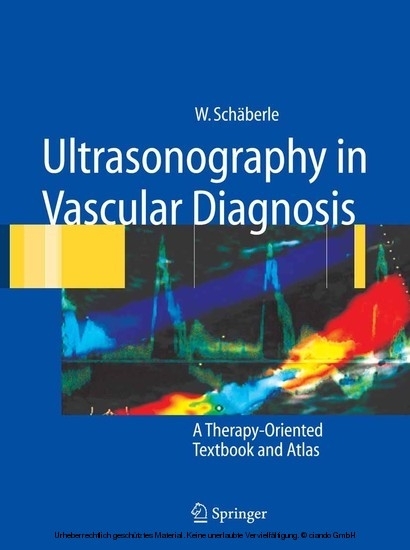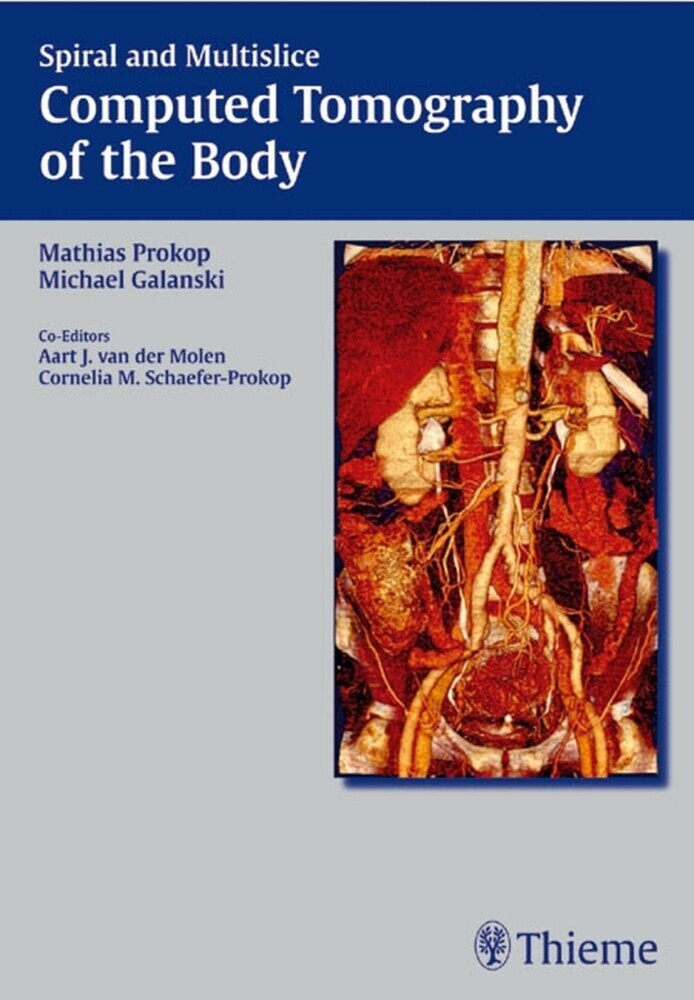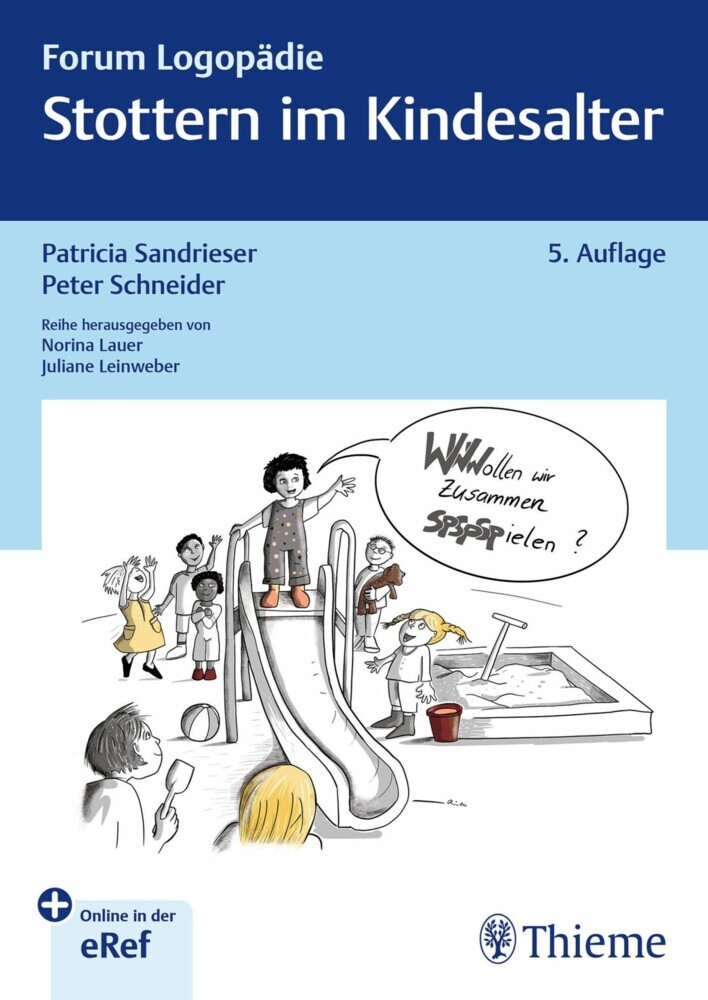The Embodied Self
Dimensions, Coherence and Disorders
The Embodied Self Dimensions, Coherence and Disorders Progress of scientific research into the foundations of human self-experience is fascinating, but it also poses serious questions: * Is the self more than an illusion created by the brain? * What role does the body play for self-experience and interSubjectivity? * What can pathologies of the self tell us about the constitution of normal self-awareness? * What consequences does this have for our concepts and therapy of psychiatric and psychosomatic disorders? * How may the results of neurobiological, psychological, philosophical and clinical research on the self and its disorders be related to each other? These and other key questions are dealt with in this volume which offers cutting-edge research in an expanding interdisciplinary area. It is based on the joint European project DISCOS ('Disorders and Coherence of the Embodied Self') which unites philosophers, neuroscientists, psychologists and psychiatrists who are among the leading researchers in their respective field.
Thomas Fuchs geboren 1958, nach Studium der Medizin, Philosophie und Geschichte in München Promotionen in Medizingeschichte und Philosophie, Ausbildung zum Facharzt für Psychiatrie und Psychotherapie. Nach Habilitationen in Psychiatrie und in Philosophie seit 2010 Karl-Jaspers-Professor für Philosophische Grundlagen der Psychiatrie an der Universität Heidelberg. Zahlreiche Veröffentlichungen zur phänomenologischen Anthropologie, Psychologie und Psychiatrie sowie zur Theorie der Neurowissenschaften.
Thomas Fuchs geboren 1958, nach Studium der Medizin, Philosophie und Geschichte in München Promotionen in Medizingeschichte und Philosophie, Ausbildung zum Facharzt für Psychiatrie und Psychotherapie. Nach Habilitationen in Psychiatrie und in Philosophie seit 2010 Karl-Jaspers-Professor für Philosophische Grundlagen der Psychiatrie an der Universität Heidelberg. Zahlreiche Veröffentlichungen zur phänomenologischen Anthropologie, Psychologie und Psychiatrie sowie zur Theorie der Neurowissenschaften.
1;Cover;12;Contents;183;Part I Philosophy: What makes up a Self? Self Coherenceand its Origins;223.1;1 Minimal Self and Narrative Self;243.1.1;1.1 A Distinction in Need of Refinement;243.1.2;1.2 Comment: The Minimal Self is a Social Self;333.1.3;1.3 Reply: ... Even in the Absence of Social Interaction?;393.2;2 Body Perception and Self-Consciousness;423.2.1;2.1 Full-Body Illusions and Minimal Phenomenal Selfhood;423.2.2;2.2 Comment: Minimal Conditions for the Simplest Form of Self-Consciousness;563.3;3 Radical Enactivism and Narrative Practice;643.3.1;3.1 Implications for Psychopathology;643.3.2;3.2 Comment: Radical Enactivism and Inter-Corporeal Affectivity;873.4;4 Comment: A Common Ground Approach to Selfhood;924;Part II Neuroscience: Brain, Consciousness and Self;964.1;5 Neuroscientific Approach to Intersubjectivity;984.1.1;5.1 Embodied Simulation and its Role in Intersubjectivity;984.1.2;5.2 Comment: Conscious Mirroring?;1134.2;6 Brain Function in Disorders of Consciousness;1164.2.1;6.1 Is There Anybody in There?;1164.2.2;6.2 Comment: Me in Here;1314.3;7 Cognitive and Bodily Selves;1384.3.1;7.1 How Do They Interact Following Brain Lesion?;1384.3.2;7.2 Comment: A Network for Maintaining Self-Body Coherence;1555;Part III Developmental Psychology: Is There a Self Without Selves? Development of Self and Intersubjectivity;1605.1;8 Contingency Perception;1625.1.1;8.1 Contingent Parental Reactivity in Early Socio-Emotional Development;1625.1.2;8.2 Comment: Explaining Early Social Interactions;1905.1.3;8.3 Reply: Meaning, Subjectivity and Coordination;1945.2;9 Me and Mine in Early Development;1965.3;10 Autism: A Disorder in the Development of Self;2045.4;11 Understanding Intersubjectivity: Enactive and Embodied;2245.4.1;11.1 Non-Representational Intersubjectivity;2245.4.2;11.2 Comment 1: Stay Cognitive!;2365.4.3;11.3 Comment 2: Enaction versus Representation - an Opinion Piece;2396;Part IV Psychiatry and Psychosomatic Medicine: How to Treat a Self. Self Disorders and Their Therapy;2466.1;12 Phenomenology of Self-Disorders;2486.1.1;12.1 The Spectrum of Schizophrenia;2486.1.2;12.2 Comment: The Self in the Spectrum - Notes from a Borderland;2666.2;13 Mentalization and Structural Functioning: Therapeutic Implications;2726.2.1;13.1 The Impact of Structural Functioning for the Embodied Self;2726.2.2;13.2 Mentalization: Understanding Borderline Personality Disorder;2816.2.3;13.3 Comment 1: Wanted - Autochtonous BPD Neurocircuitry;2996.2.4;13.4 Comment 2: In Search of a Better Treatment for Fragmented Self;3086.3;14 Boundaries and Common Grounds: Aspects of Integration;3146.3.1;14.1 Disordered Self: Any Chance for Therapeutic Integration?;3146.3.2;14.2 Comment: Disorders of the Self - Multi- or Interdisciplinarity?;3207;Glossary;324
Fuchs, Thomas
Sattel, Heribert
Henningsen, Peter
| ISBN | 9783608266207 |
|---|---|
| Artikelnummer | 9783608266207 |
| Medientyp | E-Book - PDF |
| Copyrightjahr | 2018 |
| Verlag | Schattauer |
| Umfang | 352 Seiten |
| Sprache | Englisch |
| Kopierschutz | Digitales Wasserzeichen |

